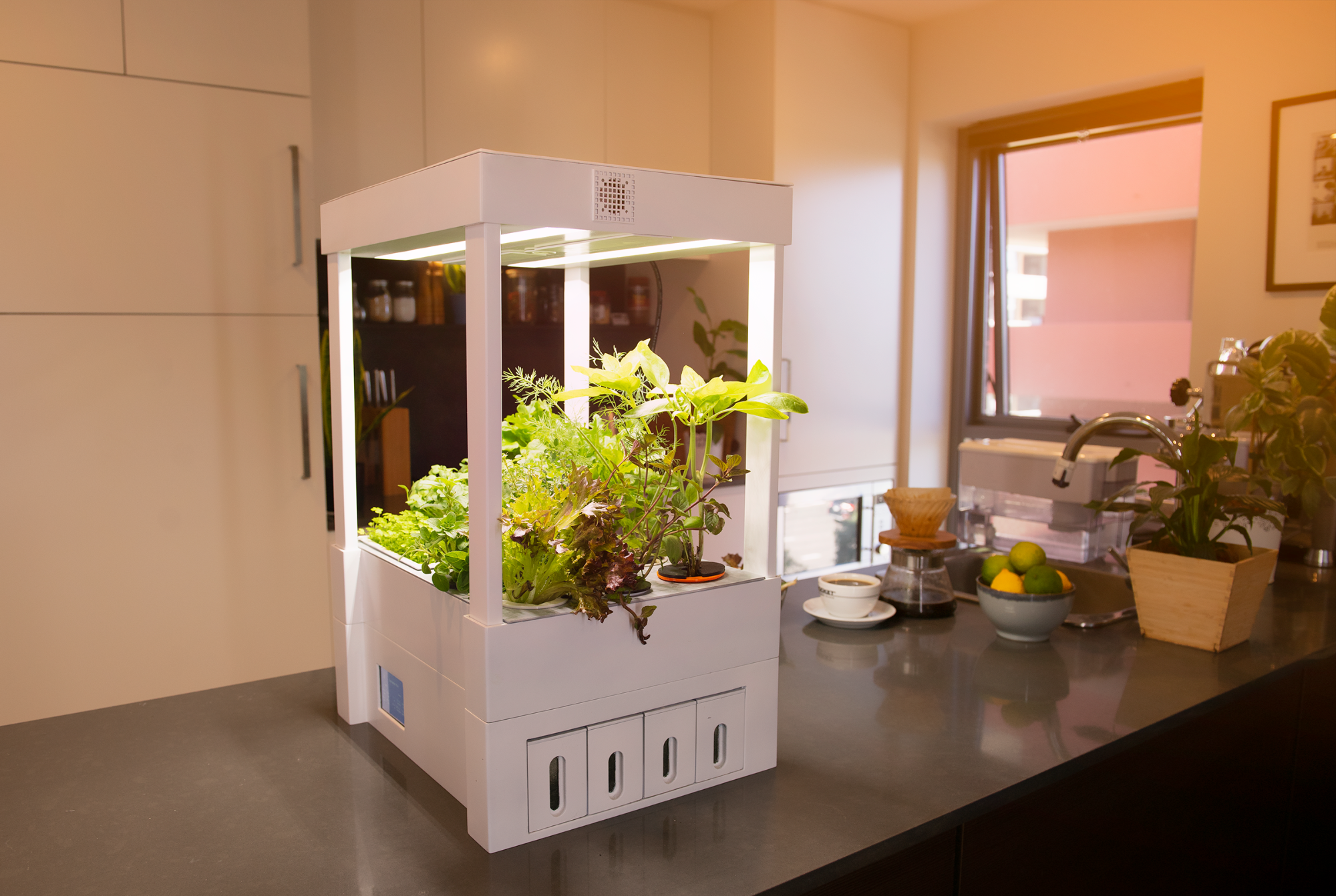Lagwerta aims to make your home gardening experience as convenient and easy as possible. However, when it comes to taking care of plants, there are a lot of critical factors you must keep in mind for successful and delicious results. One of these happens to be sunlight.
Sunlight is essential to the cultivation of plants as it is their source of energy and food. LEDs are widely known for their efficient use of power and positive environmental impact resulting from the power usage. They also make an excellent substitute for sunlight. But not all LEDs are created equal. Horticultural LED emits higher photons compared to ordinary LEDs.
The Light Spectrums

Green Light
Green lights help with the process of photosynthesis. They penetrate canopies better than other lights (meaning that the plants underneath are still receiving the light they need). They can help with noticing abnormalities (caused by nutritional issues, disease, or pests) in produce. Their presence, among the other array of lights, can also help decrease eye strain.
Red light
Red lights are among one of the most efficient colours of LED. They contribute to the growing process by instantaneously stimulating photosynthesis. Red lights also trigger the flowering response in plants and help with other things such as seed germination, root growth, and bulb development.
Blue light
Blue lights are also among the most efficient colours of LED. They contribute to the process by increasing chlorophyll production, meaning that the more blue light plants received, the stronger and healthier their stems and leaves became.
Full Spectrum Cool White
This the main grow light in Demeter Mini. Cool white LEDs are the most efficient type of white light. It contains the blue, green, and red light spectrums. Cool white is pleasing to the eye due to the higher level of blue colours than warm white.
Far-Red Light
Far-red lights are also efficient LED lights. Most plants respond to far-red light by growing taller; however, leafy greens such as lettuce respond by growing more leaves and expanding these. Like green lights, they are also great at supporting the leaves of understory plants, and like red lights, they reduce the time plants need to flower.

Demeter Mini uses three types of LEDs; these are Full Spectrum cool white, Far Red, and Blue. There are two ways we can adjust the intensity of these LEDs. We can make the height variable or dynamically change the input power. Demeter mini used the latter because it is the easiest to implement. By adjusting the intensity of these LEDs, we can change the plant’s leaf and stem structure, which also affects its taste.
